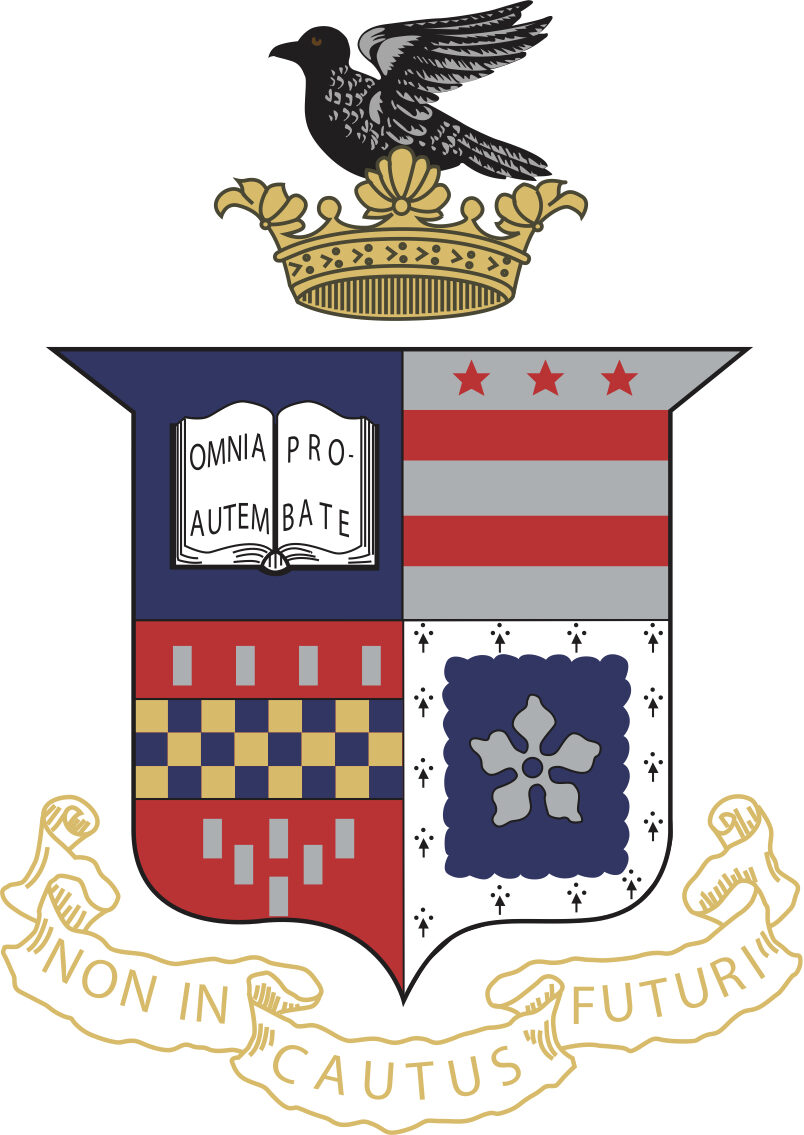The rapid advancement of autonomous vehicle (“AV”) technology presents a unique opportunity to enhance public safety by drastically reducing road fatalities. Despite significant private sector investment and demonstrated improvements in AV performance, public adoption and integration remain hindered by regulatory gaps and societal skepticism. This Article argues that the federal government has an affirmative obligation, rooted in the doctrine of a right to effective government, to champion the adoption of technologies like AVs that meaningfully promote the general welfare.
Drawing on the Preamble’s mandate to advance the general welfare and lessons from the transition from the Articles of Confederation to the Constitution, this Article situates the government’s responsibility within the historical and theoretical framework of effective governance. It introduces a three-pronged framework to evaluate when and how the government should intervene to advance technologies that may provide public goods like AVs. Applying this framework, the Article concludes that federal inaction on AVs undermines traffic safety, environmental goals, and economic equity. By setting nationwide AV regulations and facilitating public exposure to AV technology, the federal government can fulfill its constitutional duty to advance public welfare. This analysis not only addresses AVs as a case study but also provides a foundational approach for evaluating governmental obligations to emerging technologies.
